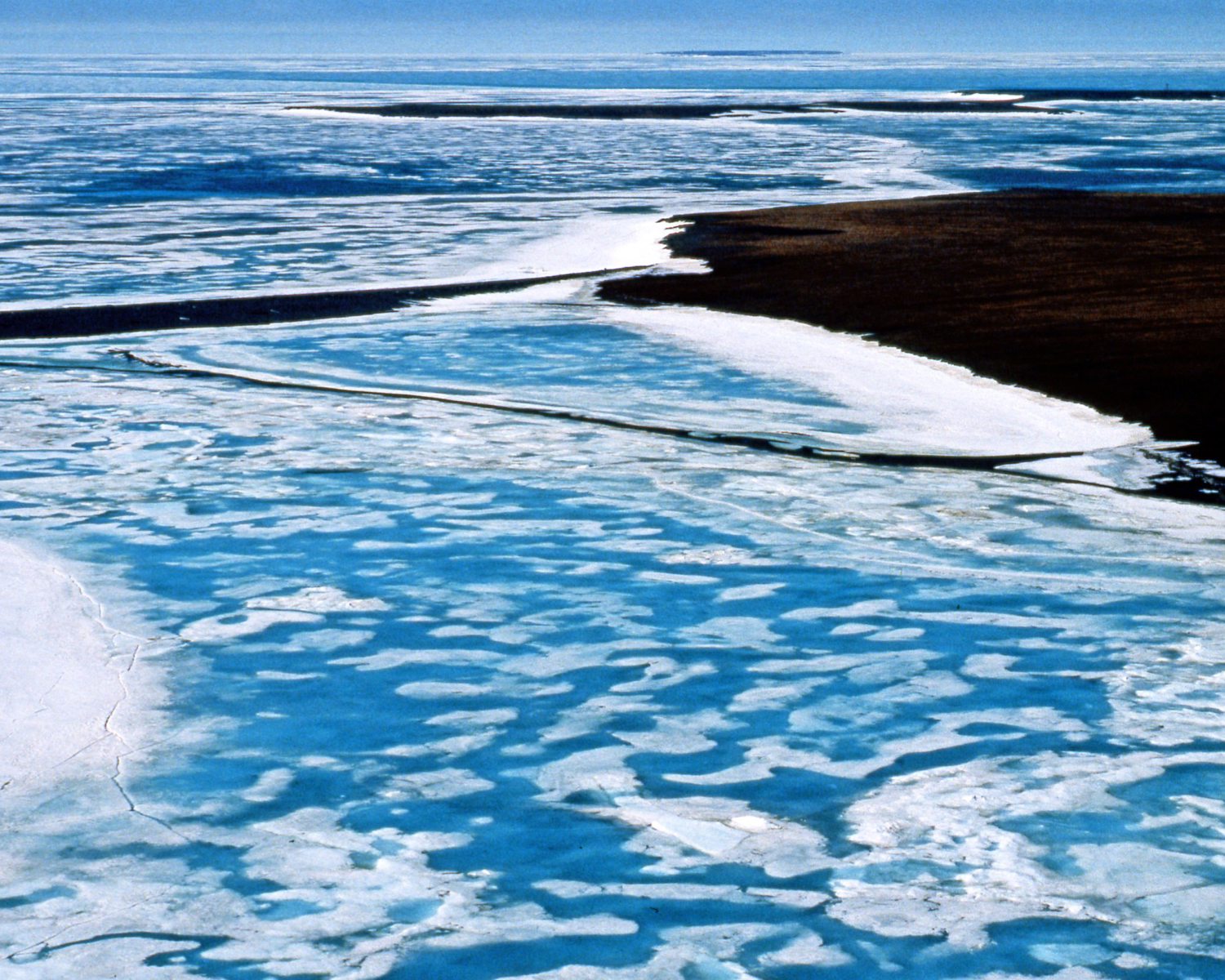
Sea ice thickening
Sea ice thickening is an idea to slow or reverse the decline of Arctic sea ice by artificially thickening it.


Sea ice is simply frozen ocean water. It forms, grows, and melts in the ocean. In contrast, icebergs, glaciers, ice sheets, and ice shelves all originate on land.
Year: 1991
Photographer: Peter Prokosch
Sea ice thickening is an idea to slow or reverse the decline of Arctic sea ice by artificially thickening it.
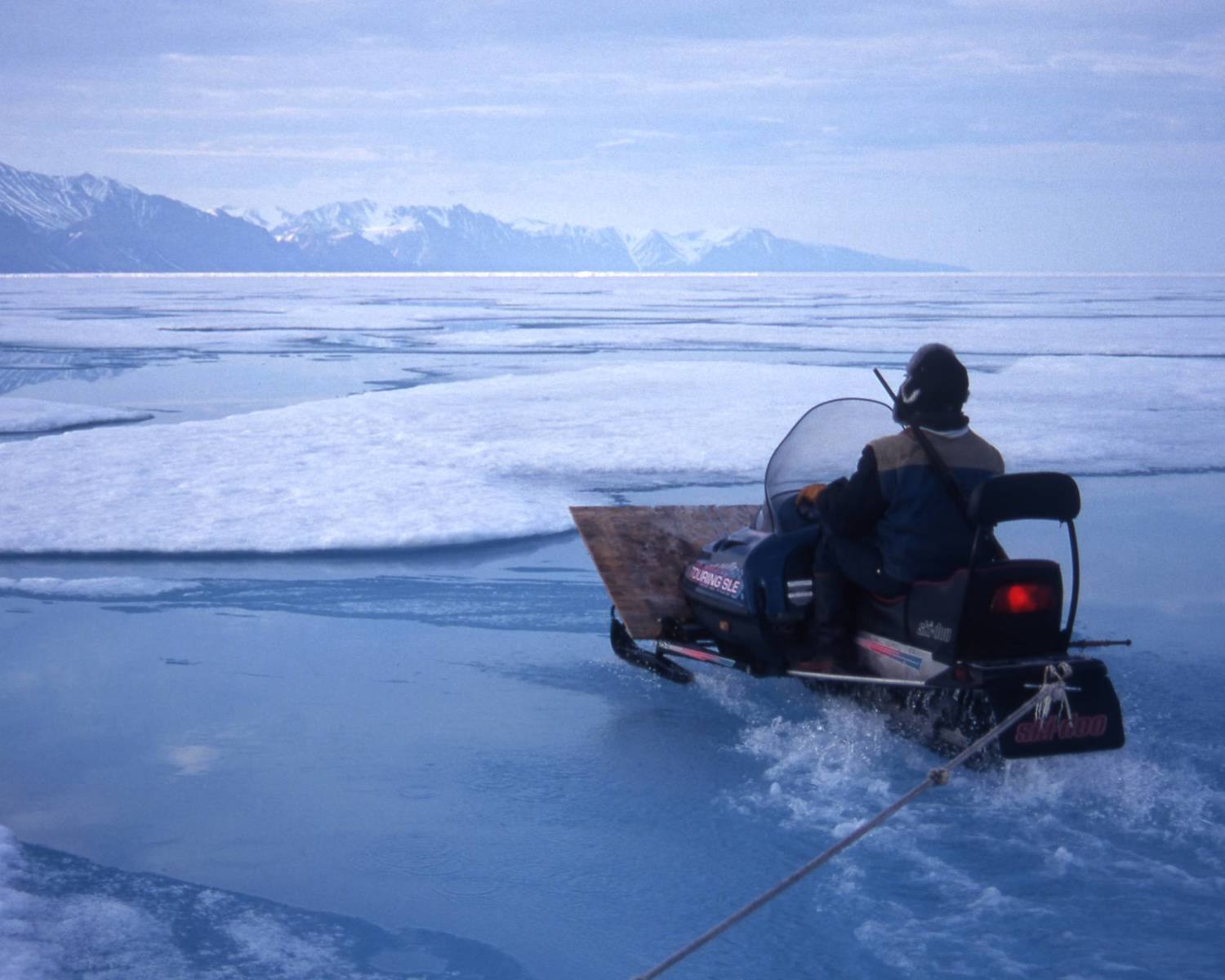
Seal hunting (mainly on abundant ring seals) is an important part of life for the Inuit of Pond Inlet (Inuktitut: Mittimatalik).
Year: 2013
Photographer: Peter Prokosch
Apart from thickening sea ice by directly adding mass to it (see sea ice thickening), it has been suggested that the ice could also be protected by increasing its albedo and thereby reducing the amount of absorbed energy (Field et al. 2018).
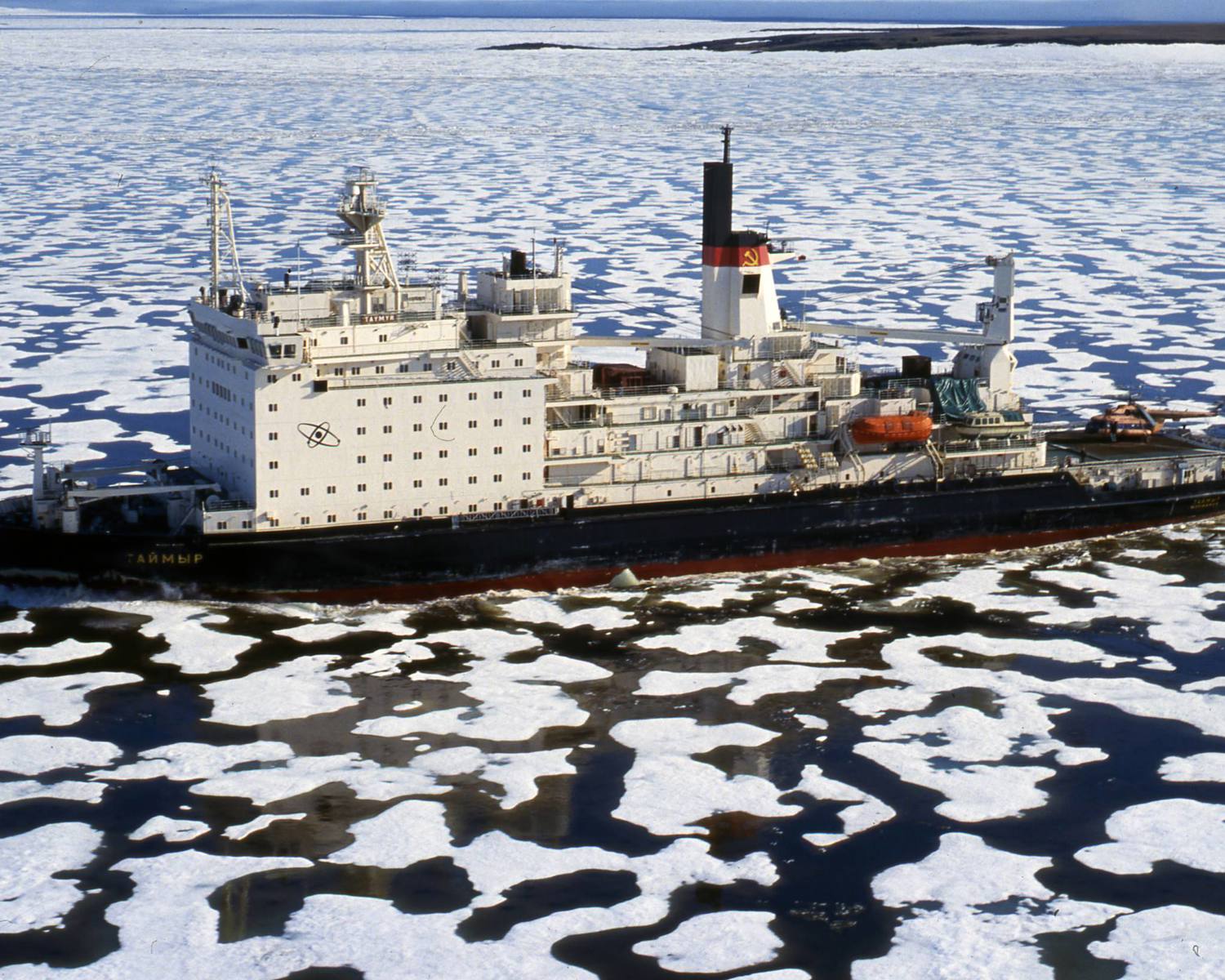
Sea ice is simply frozen ocean water. It forms, grows, and melts in the ocean. In contrast, icebergs, glaciers, ice sheets, and ice shelves all originate on land.
Year: 1991
Photographer: Peter Prokosch
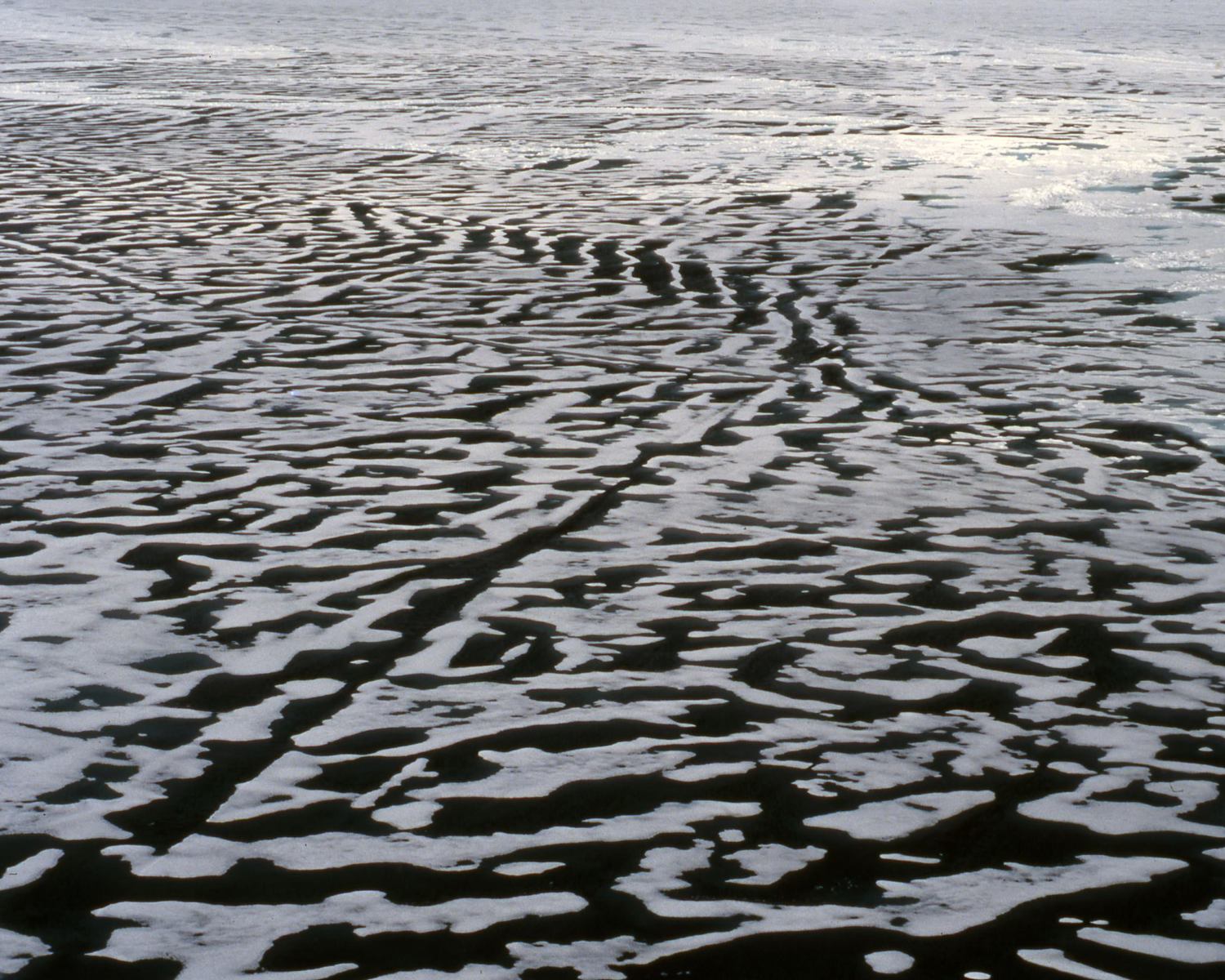
Sea ice is simply frozen ocean water. It forms, grows, and melts in the ocean. In contrast, icebergs, glaciers, ice sheets, and ice shelves all originate on land.
Year: 1991
Photographer: Peter Prokosch
Pykrete is a 6:1 mix of ice and sawdust that has the property of melting slower than regular ice. Several references have been made online to the use of pykrete as an artificial barrier, as artificial sea ice, or as blockers of moulins.
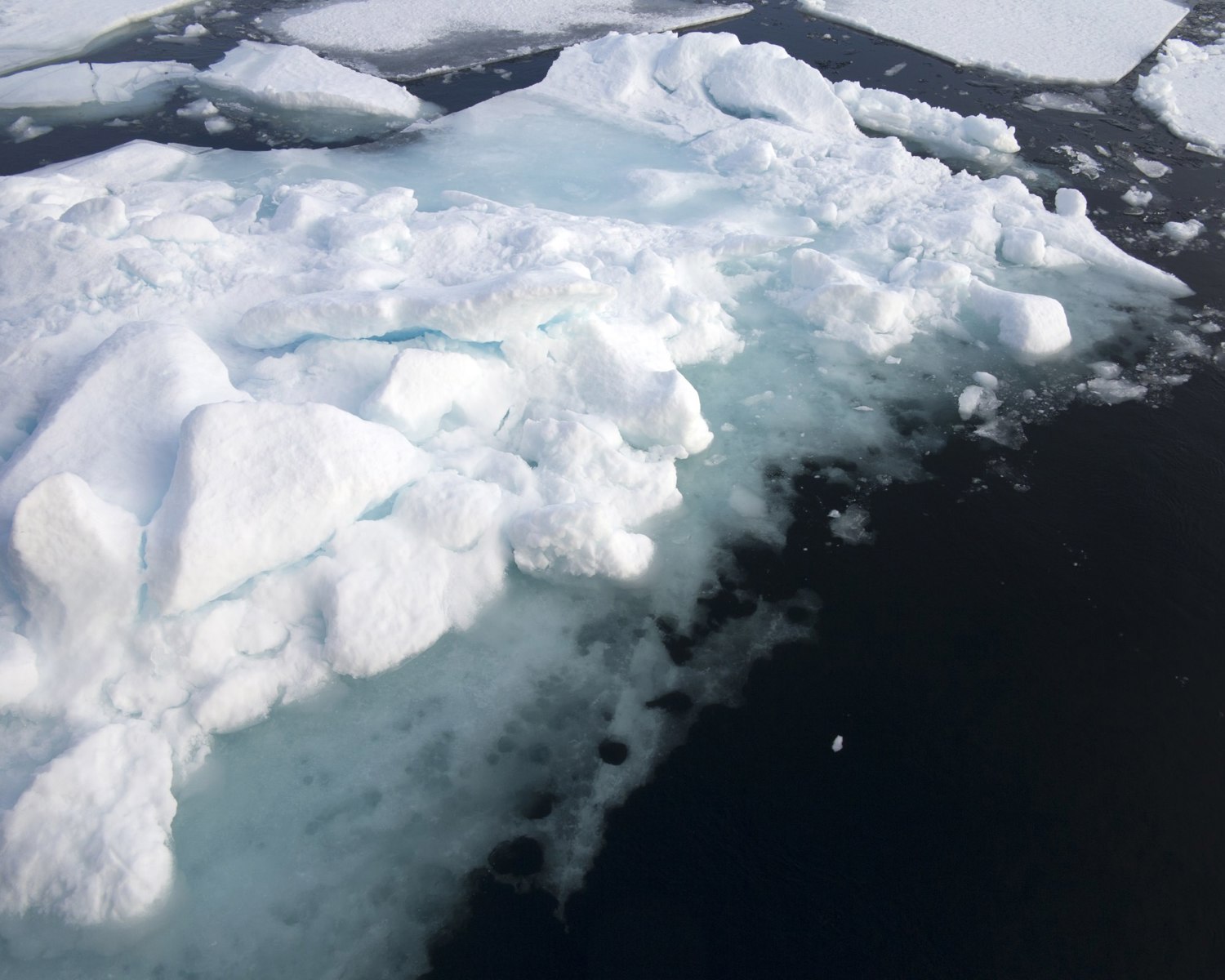
Sea ice is frozen seawater that floats on the ocean surface. It forms in both the Arctic and the Antarctic in each hemisphere’s winter, and it retreats, but does not completely disappear, in the summer.
Year: 2015
Photographer: Peter Prokosch
In 2010, Veli Albert Kallio suggested the use of ‘floating cables or levees, even platforms’, to act as ‘seeding points to fasten the seasonal growth of the Arctic Ocean's sea ice’ (Geoengineering Google Groups n.d.)
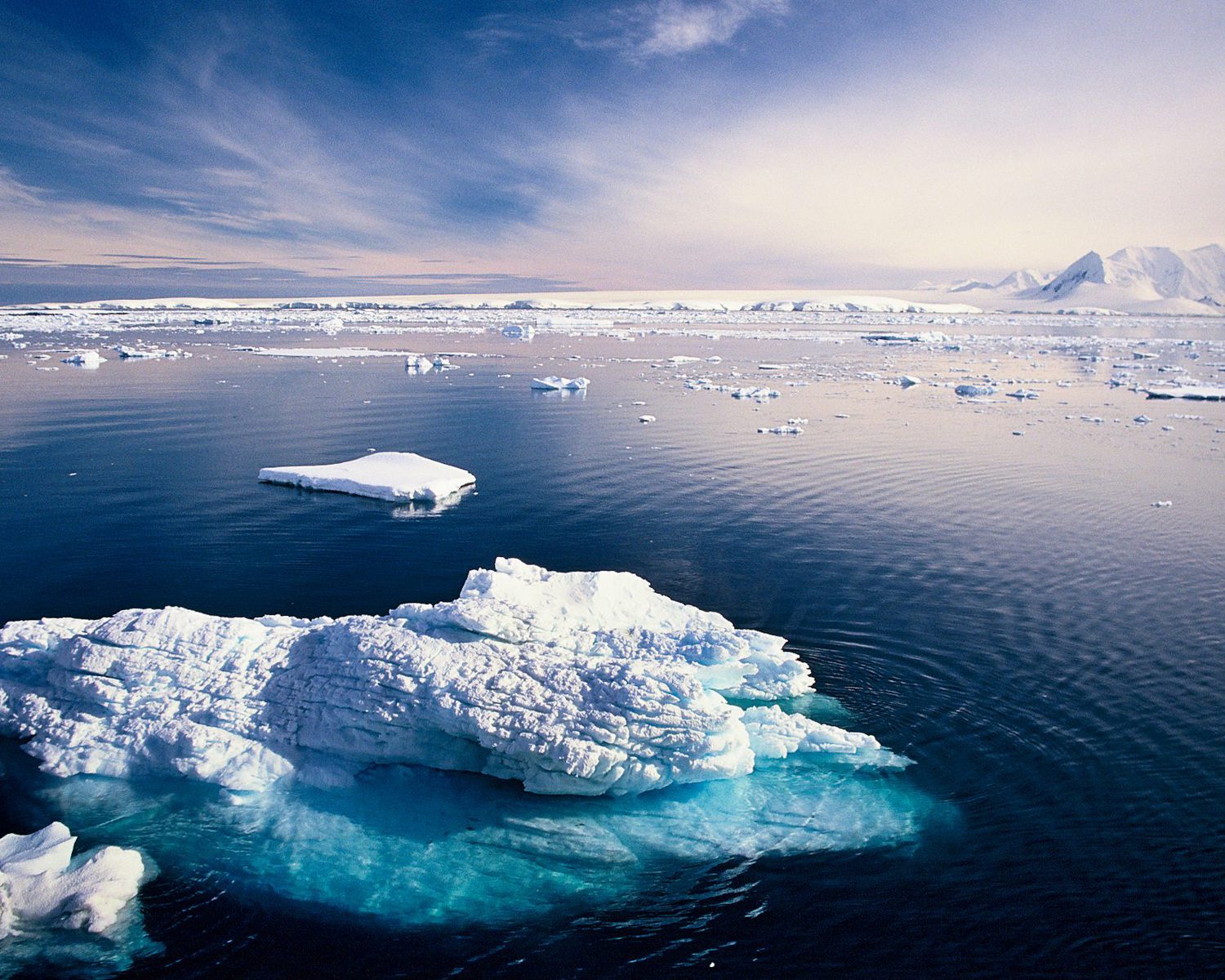
Unlike the Arctic, which at its center is an ocean, Antarctica is a landmass that is surrounded by the Southern Ocean.
Year: 2016
Photographer: Peter Prokosch
Similar to other ideas to pump water on sea ice (see Sea ice thickening), engineer Sev Clarke (Planetary Restoration n.d.) and engineering student Katy Cartlidge (University of Cambridge 2022) both came up with designs to artificially produce sea ice.
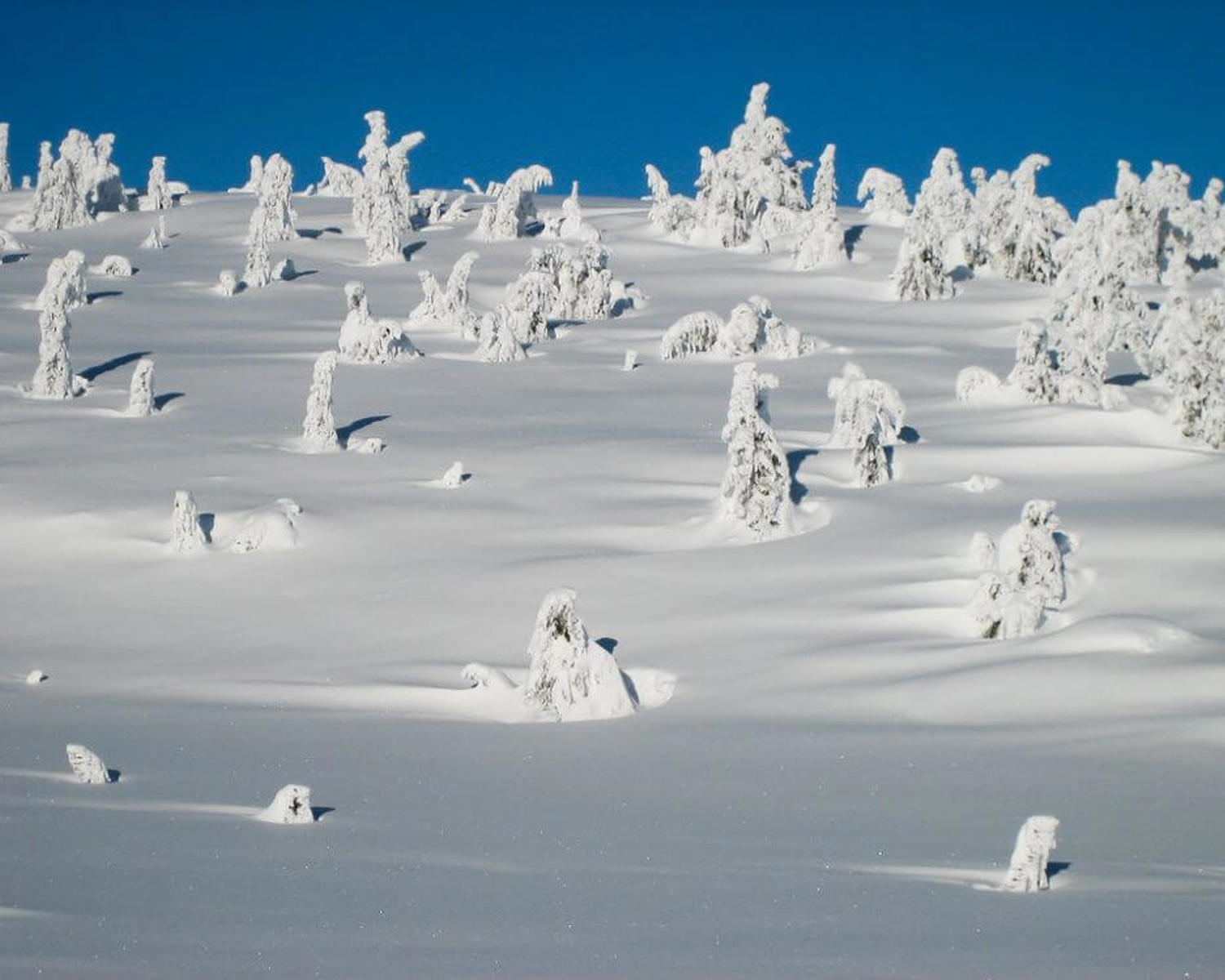
Here in the mountains of Southern Norway at about 800m above sea level harsh winter conditions determine the limits where trees are still able to grow.
Year: 2014
Photographer: Peter Prokosch
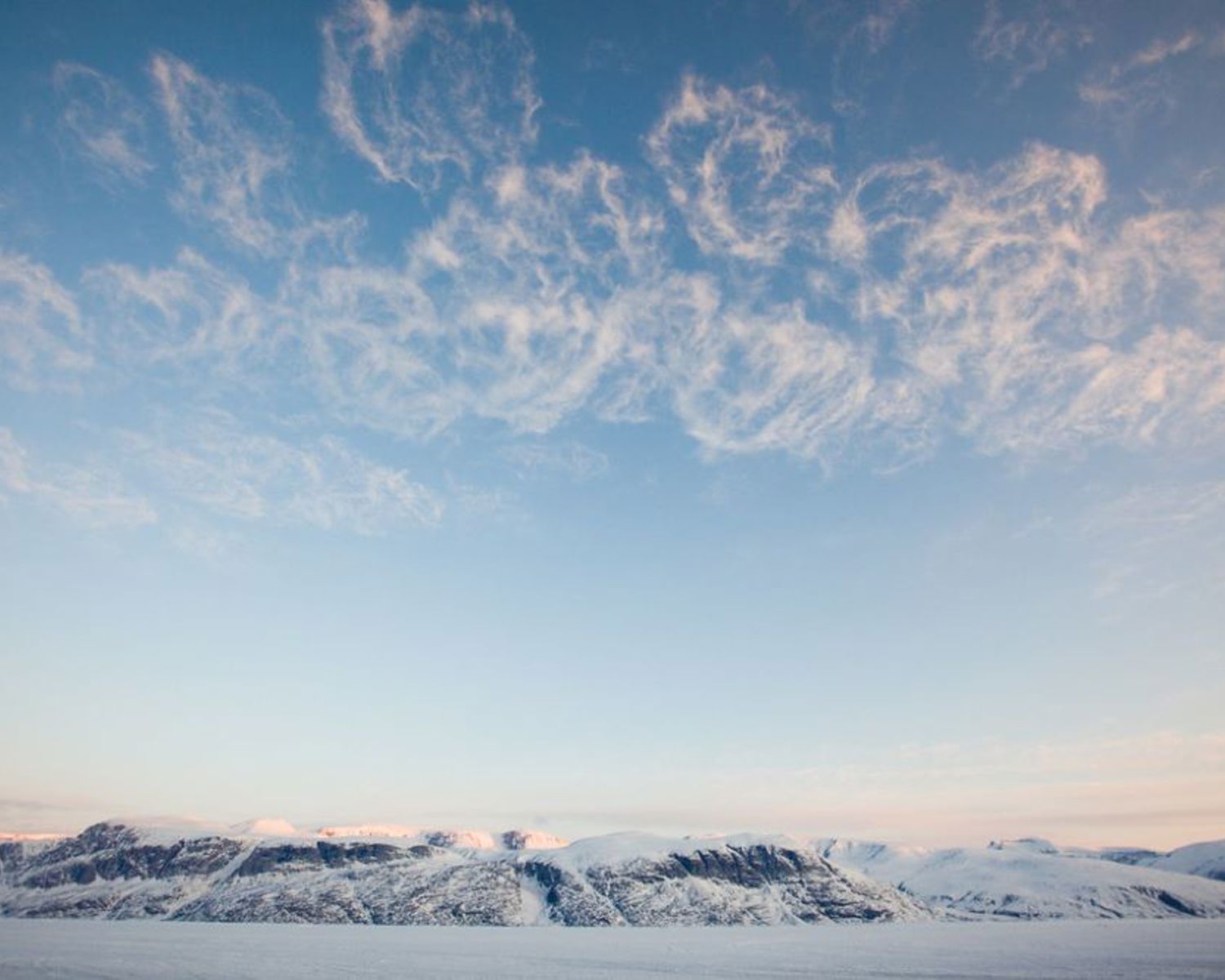
Uummannaq is home to 1400 people and 3000 dogs. This district boasts the largest number of glaciers found in the one place.
Year: 2011
Photographer: Lawrence Hislop
Stratospheric aerosol injection (SAI) is an idea to inject particles in the stratosphere to reduce the amount of incoming solar energy (Rasch et al. 2008; Irvine et al. 2016).
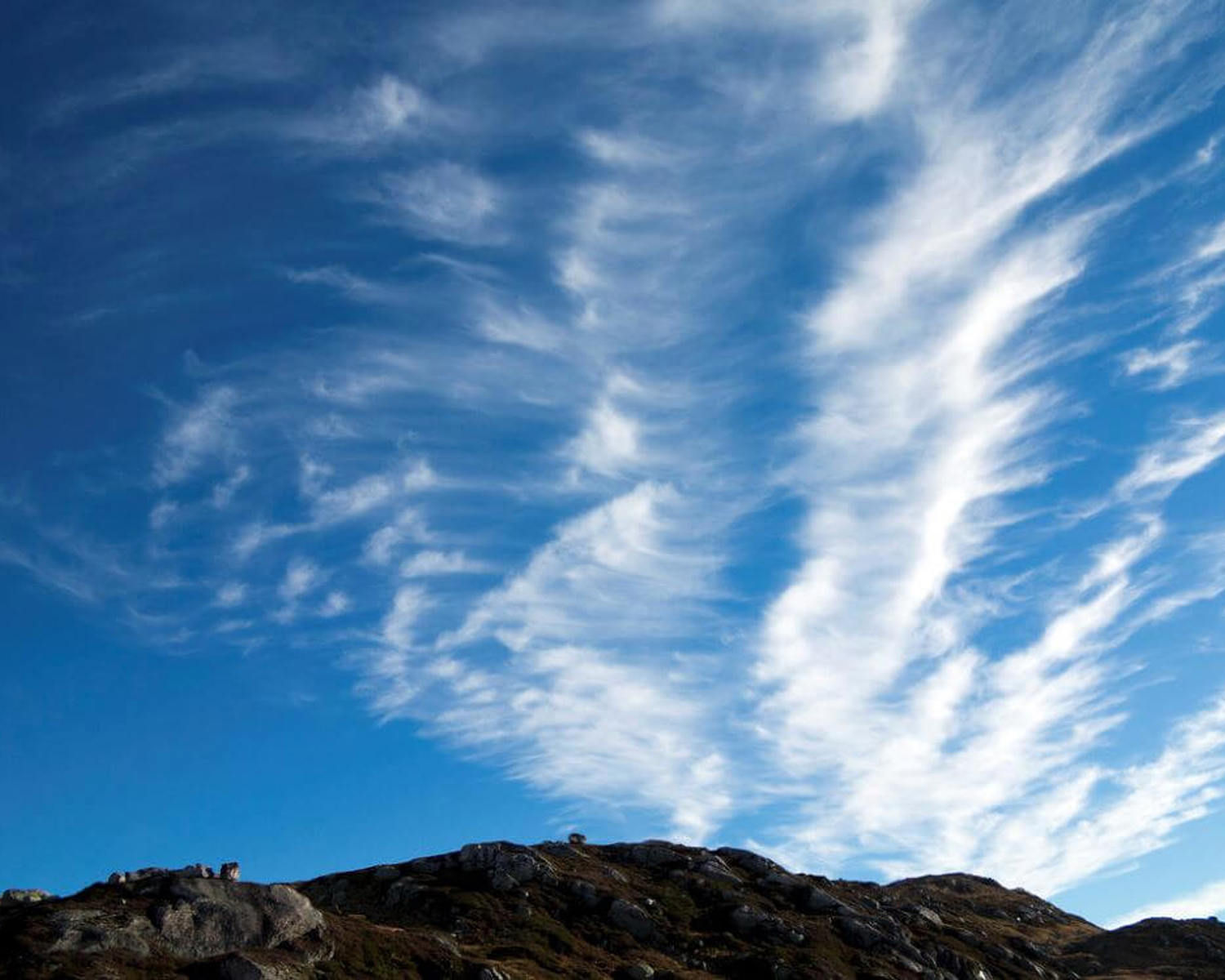
Year: 2013
Photographer: Peter Prokosch
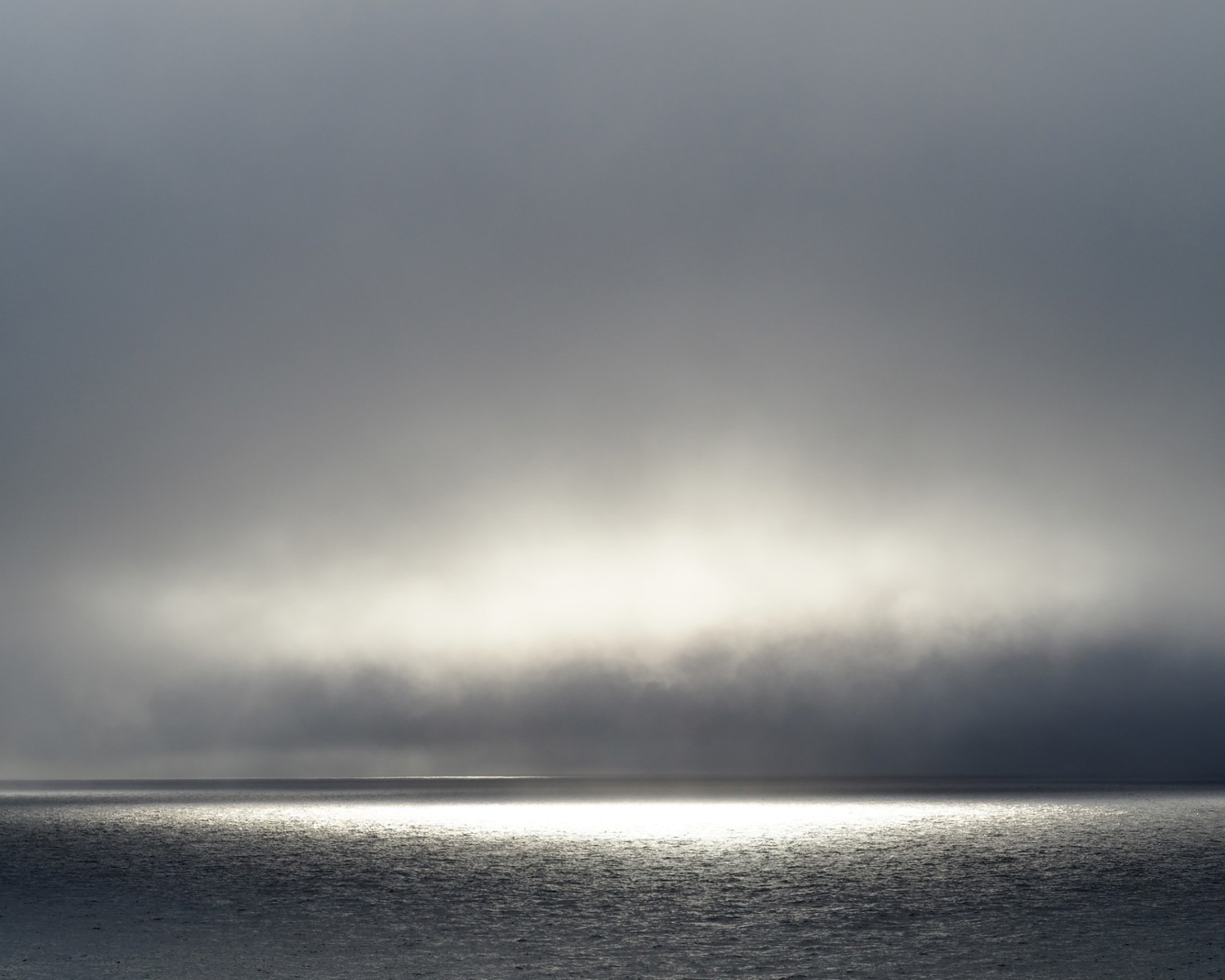
Year: 2016
Photographer: Lars Kullerud
Clouds play an important role in the Earth’s energy system. The effects of clouds are complex and diverse, often having simultaneous cooling and warming effects. Mixed-phase clouds (MPC) are clouds that contain water vapor, ice particles, and supercooled water droplets. MPCs are still poorly understood and 'notoriously difficult to represent in numerical weather prediction and climate models' (Korolev et al. 2017).
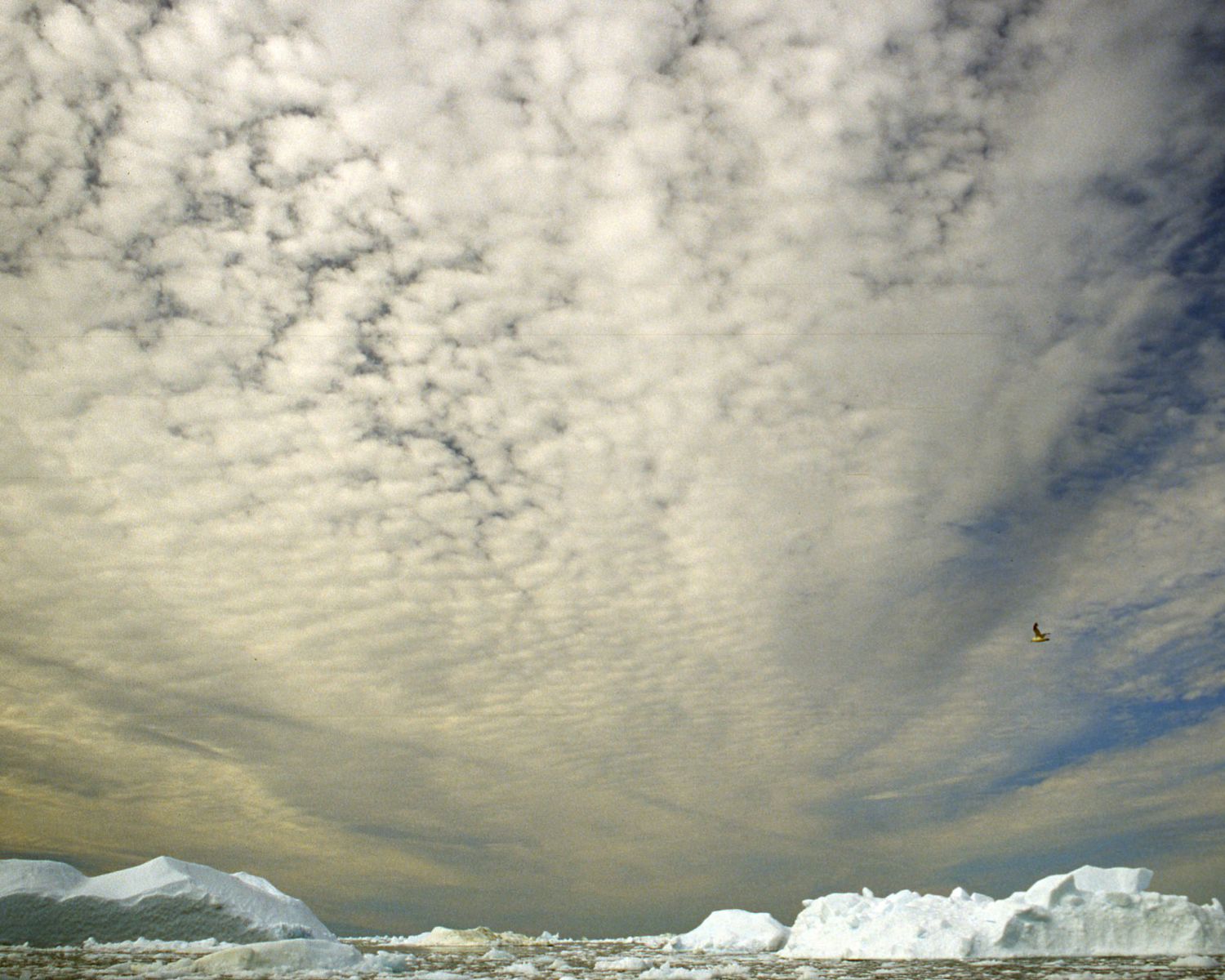
Icebergs in Disco Bay, Greenland
Year: 2013
Photographer: Peter Prokosch
Roughly one-third of the incoming solar radiation is directly reflected back into space by the Earth’s atmosphere and surface albedo. Clouds play an important role in this, although their role is double as water droplets can also interfere with outgoing longwave radiation, thereby contributing to the greenhouse effect. Over open water clouds can make a particularly big difference as the albedo of the water is below 0.1, thereby absorbing most of the sun’s energy.
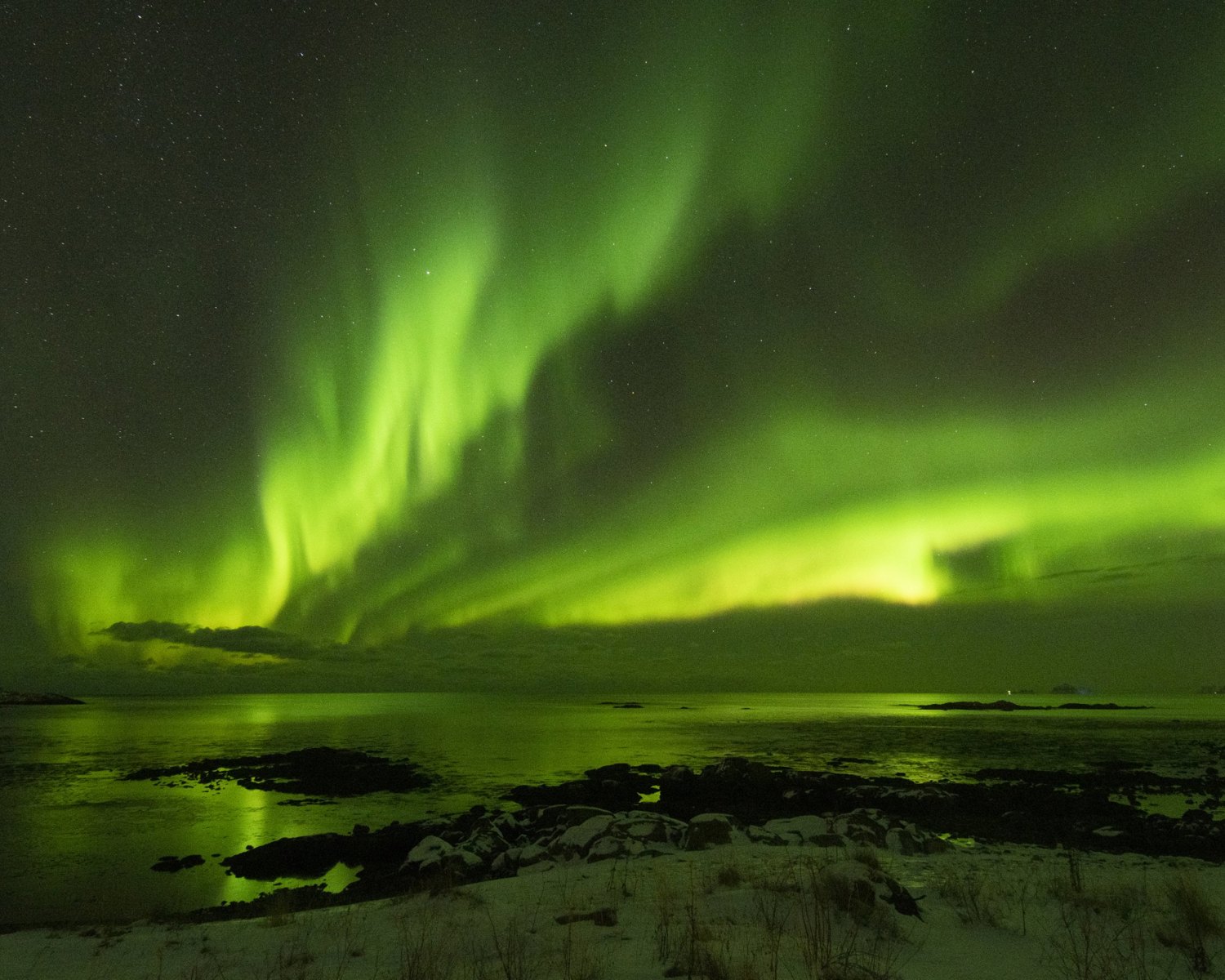
An aurora, also known as the polar lights or aurora polaris, is a natural light display in Earth's sky, predominantly seen in high-latitude regions (around the Arctic and Antarctic).
Year: 2021
Photographer: Peter Prokosch
One of the most intuitive SRM approaches would be to reflect or block some solar energy before it reaches the Earth’s atmosphere.
